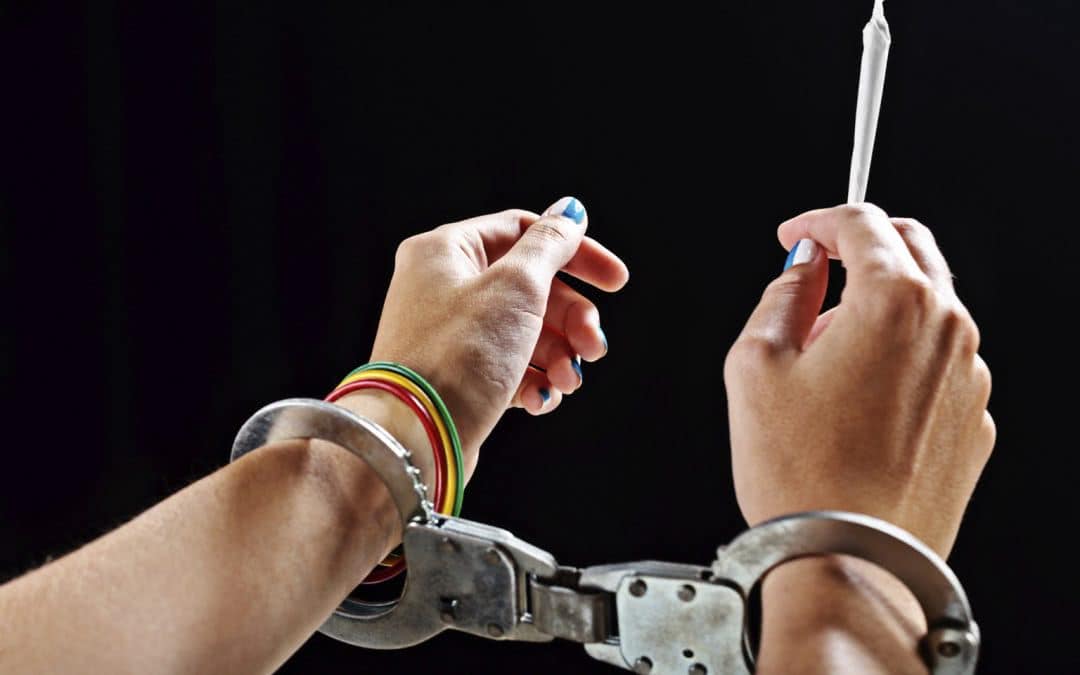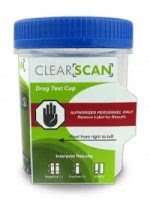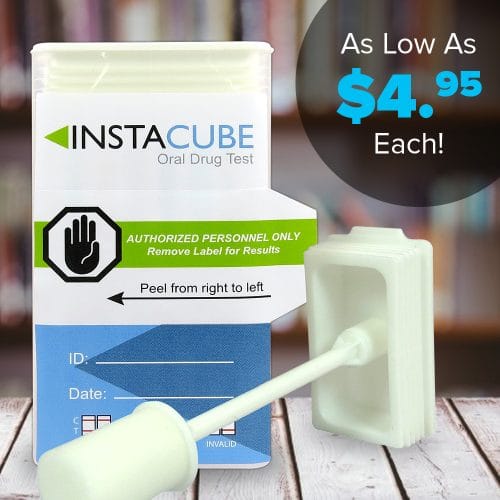Because probation departments rely on random testing, for the obvious reason of preventing the probationer from flushing their systems or falsifying a sample ahead of time, a breath test is often used for alcohol and urine or saliva tests for drugs. These forms of testing are designed to take the person tested by surprise, and they provide same-day results.
The Urine Test is Preferred by Probation & Parole Agencies
Overall, urine testing is the most widely used form of testing across the spectrum of probation departments because most drugs can be detected in a urine
Hair testing reveals metabolites in the bloodstream from the ingestion of drugs. Because blood nourishes hair, the drug’s metabolites are detected there. A follicle must be more than 5 to 7 days old for these metabolites
If a probationer tests positive for alcohol abuse once, then he or she will usually be subjected to future
It is important to note that what is and what isn’t allowed in testing probationers or parolees is under constant flux in the court of law. Such constitutional issues as self-incrimination and unreasonable search and
Parole officers and their departments, whether under county or state jurisdiction, are ultimately beholden to whatever federal courts determine in the way of these constitutional protections. Indeed, the current technology, procedures, methods, and test types may no longer be up to snuff, given future rulings. Simply put, the testing methods used today may not be the constitutional test type suitable for tomorrow.




